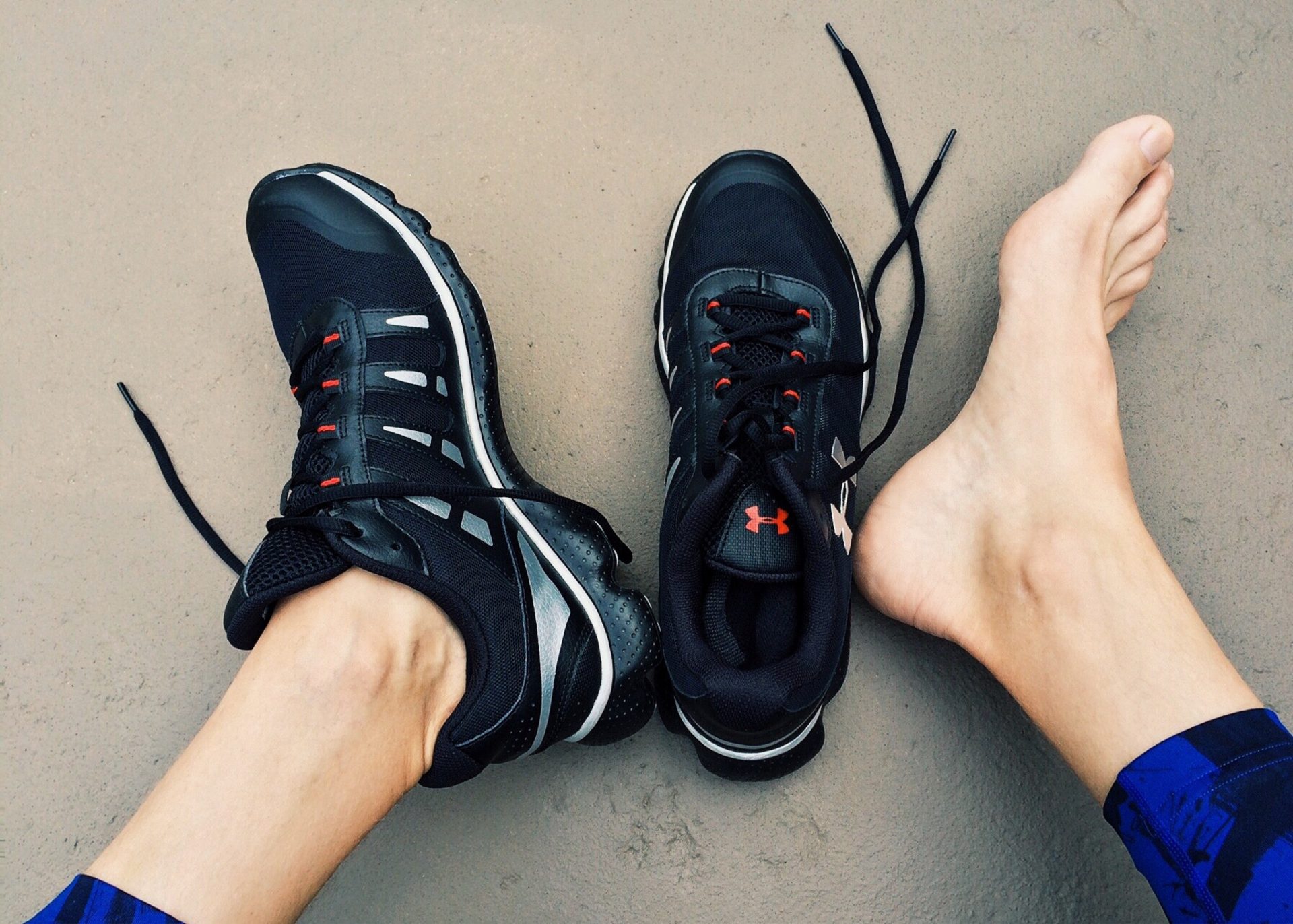There is no injury site more ancient than the Achilles heel. But thanks to the most modern scientific research, we can now manage pain in the Achilles tendon more effectively than ever.
Achilles tendinopathy: what it feels like
Achilles tendinopathy generally presents as pain at the base of the calf or the top of the heel. It often comes on after a change in exercise intensity (for example when suddenly training for the City to Surf!). People suffering from Achilles issues tend to feel this as an aching discomfort and often have trouble first getting it moving in the morning. The problem quite commonly niggles away under the surface for a while and sometimes then turns into a spike in more severe pain.
Achilles tendinopathy: what it looks like
Your physio can assess you for the presence, stage and type of Achilles tendinopathy. They’ll be able to differentiate it from other causes of pain in the area and test for the factors which may be contributing to the problem. These factors can be roughly divided into two categories:
Internal: an imbalance in strength, flexibility or control of your ankle, knee, hip, lower back or problems in the way all of these areas move together.
External: an issue with how much work the tendon has been asked to do. This can be either too much, too little, or especially too much after doing too little for too long!
Achilles tendinopathy: how to get the balance right
Tendons love to be used. How do we know this? When we study tendons and how they interact with the tissues around them, we discover that those tendons which regularly undergo some work get very nicely nourished by all the tissues around them. They are healthy, strong and adaptable. However, developing healthier tendons is a bit like learning ancient Greek to read about Achilles: it doesn’t happen overnight. In fact, like learning a language, doing a little bit often is much better than trying to cram everything in all at once. Too much all at once and all you get is a headache.
Now get out a pen and some paper
Here’s a handy way to work out how quickly you can progress your tendon. Think back over each exercise session you’ve done over the last week. For each session, write down how hard it was on a scale of zero to ten. Then, record how long you exercised for. Multiply these two numbers together. Do this for each exercise session in the week and then add them together to get a total number. This number is what we call your ‘acute workload’ and it measures how hard you worked this week.
Now go ahead and do the same to work out your average workload over the last three weeks. This is your ‘chronic workload’ and measures how hard you’ve usually been working.
Now, here’s where the maths comes in handy – divide your acute workload by your chronic workload. This number is your acute : chronic workload ratio. The ‘golden zone’ for this number is between 0.8 and 1.3 as you can see below.
Gabbett TJ. The training-injury prevention paradox: should athletes be training smarter and harder? Br J Sports Med Published Online First: 12 January 2016. doi: 10.1136/bjsports-2015-095788
To put it simply, this means that if you’re trying to work yourself harder and build your fitness, you’re most likely doing right by your tendon if you only do about 30% more this week than you usually do on any given week.
Too much maths? If you’re worried that you’re niggling away on an irritated Achilles or are trying to increase your exercise levels and are looking to prevent injury, pop in to see your physio who’ll be able to take you through a thorough assessment of the relevant factors and help you devise a healthy way forward. Feel free to book online or call (08) 9364 4073.

